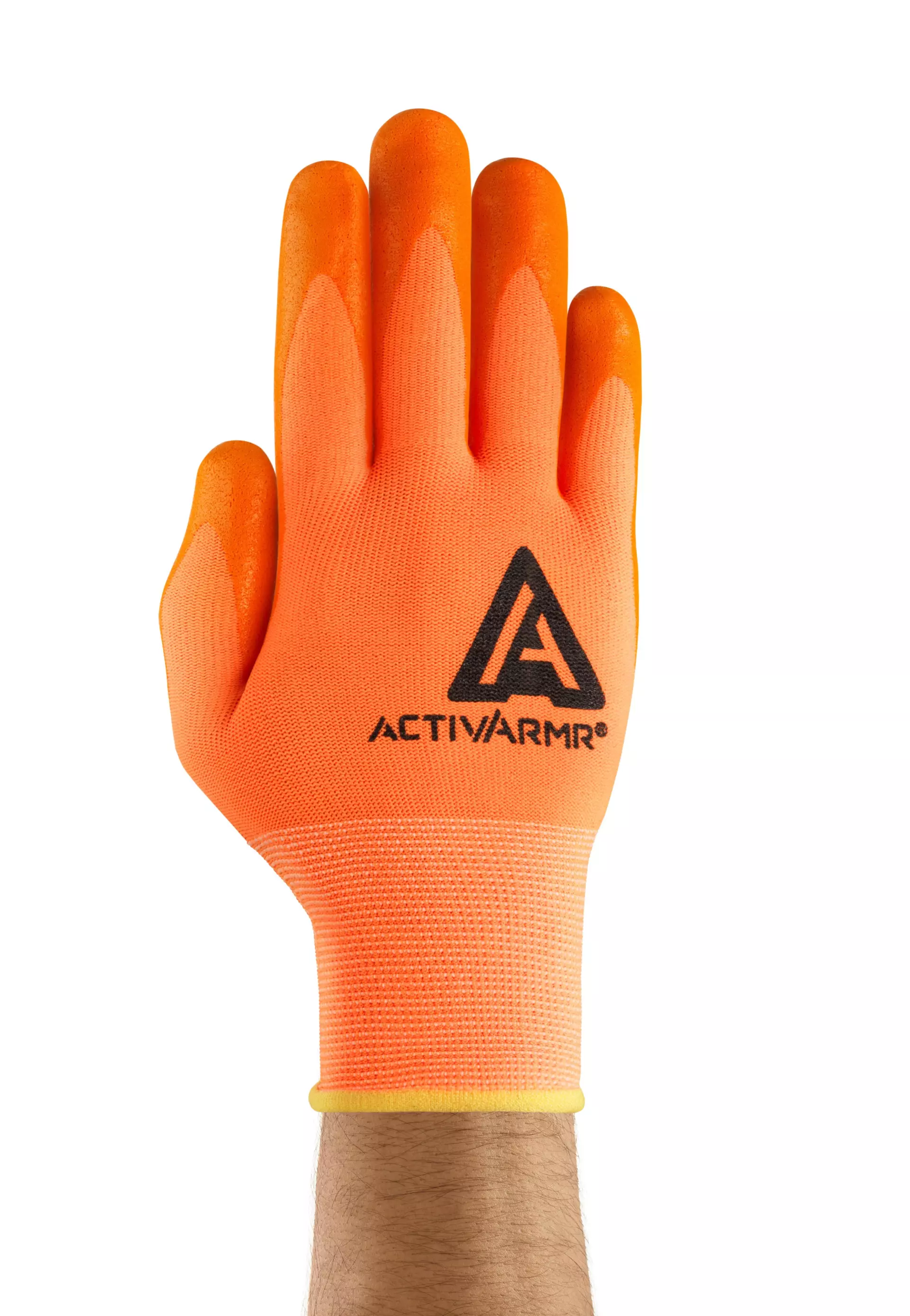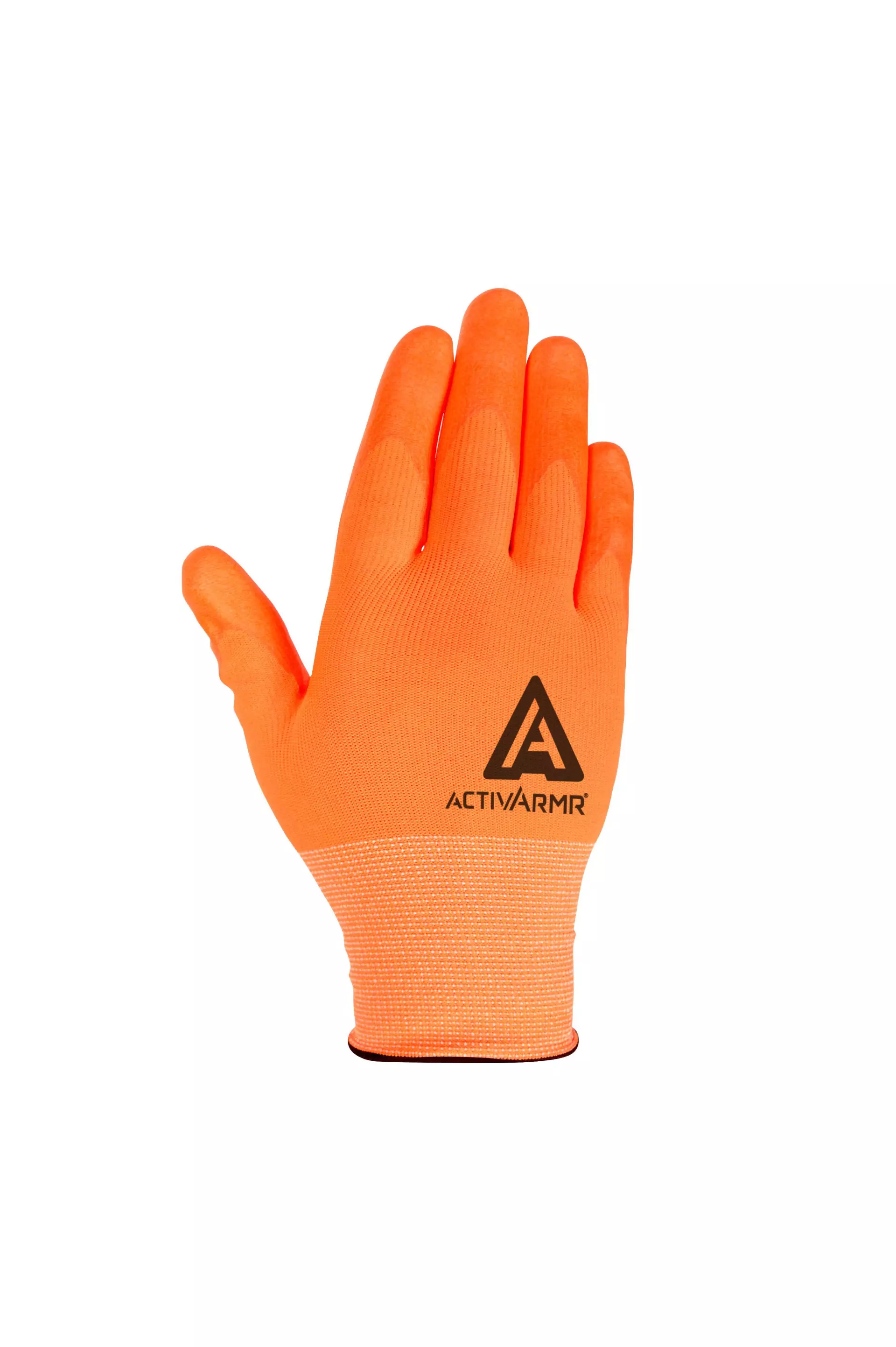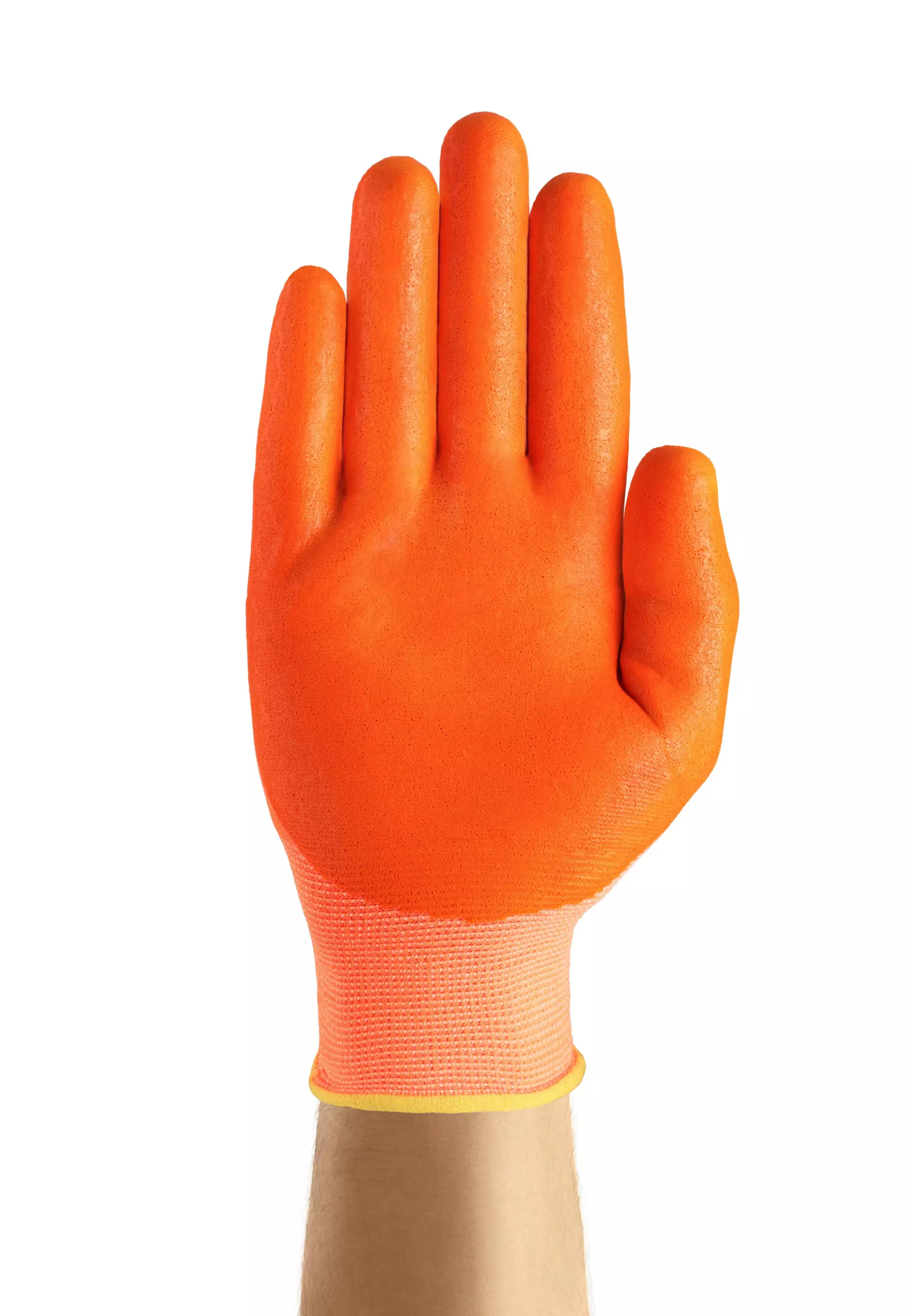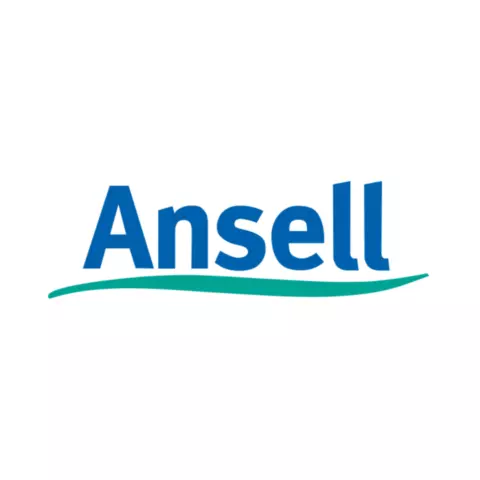Product description
Description
Heightened protection: Thanks to their high-visibility palm and back-of-hand, ActivArmr® 97-012 industrial gloves improve worker safety in low-light conditions, protecting hands while ensuring a firm grip on wet and dry surfaces
Improved comfort: These nitrile-coated work gloves feature a 15-gauge liner that guarantees comfortable all-day wear, keeping hands dry and affording ample dexterity for handling smaller items
Advanced ergonomics: ActivArmr® 97-012 protective gloves are naturally curved, resulting in a relaxed fit and reduced tension
Reduced surface defect risks: Silicone-free, these work gloves prevent potential surface defects while ensuring a high-quality finish
Recommended for
Signalling/Positioning
Positioning
Operating of heavy machinery
Loading and hauling
Hydraulic repair
Product inspection
Shipping and loading of product
Vehicle Maintenance
Conveyer and longwall maintenance
Loading trucks & vehicles
Product shipping, transport and delivery
Lock smith
Product Details
Antistatic: No
Length: 215-272 Mm/ 8.5-10.7 Inches
Available Sizes: 7, 8, 9, 10, 11
Coating Color: Orange
Coating Material: Nitrile
Construction: Knitted
Cuff Style: Knitwrist
Finishing: Palm Coated
Gauge: 15
Latex Free: Yes
Liner Color: Orange Hi Viz
Liner Material: Nylon, Spandex
Silicone Free: Yes
Washing Temperature: 40 °C (104 °F)
About Coated Cut Protection Glove
Coated Cut Protection Gloves provide essential hand safety with cut-resistant materials and specialized coatings for enhanced grip. Ideal for construction, manufacturing, and handling sharp materials, these gloves offer both protection and dexterity for demanding work environments.
- Cut Resistant
- High Visibility
- Machine Washable
- Hand Protection
Standards and labels
Ansell delivery terms
Free delivery for all Ansell products
240,52 €
Price per 6 packages (72 pairs)
3,34 € / pair
Free delivery
A carton contains 6 packages (72 pairs)







